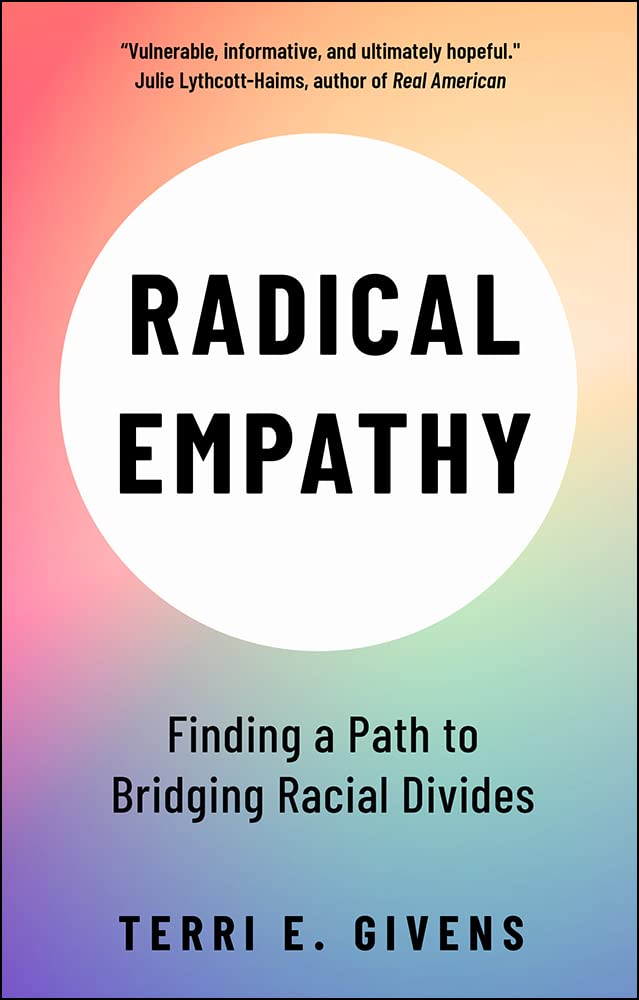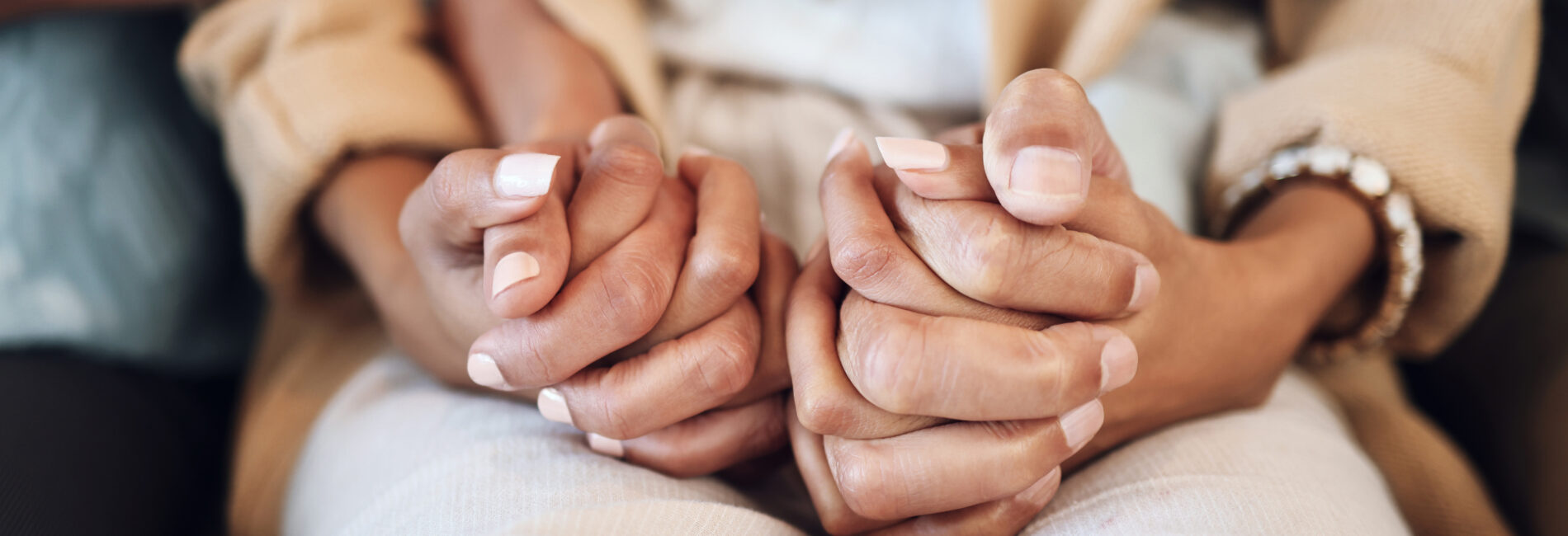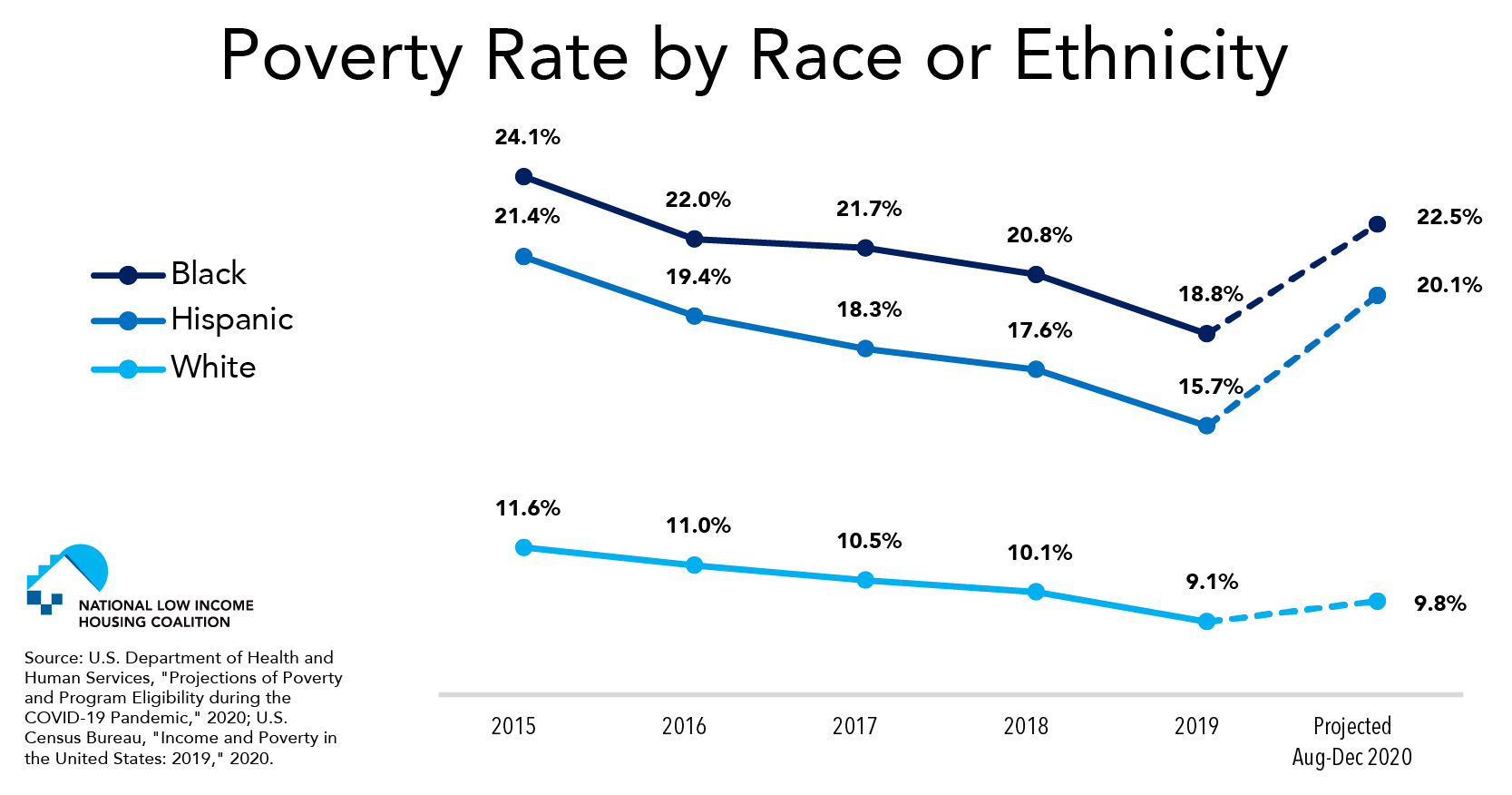Radical Empathy Is A Practiced Action
What is empathy? It’s definition is simply the capacity to understand or feel what another person is experiencing from within their frame of reference, that is, the capacity to place oneself in another’s position. But it’s more than that. Empathy is a human trait that in today’s world of self-indulgence, many push down in an effort to avoid vulnerability and disappointment. But the cost of not utilizing empathy leads to one of the most dangerous opposites, apathy.
As we all watch the world unravel one nation at a time, empathy has never been more in demand.
This month as I scrolled through my Instagram feed, I came across a post by Amanda Seales that took empathy to an even more profound level. She shared a video with a woman who was speaking about allyship with our Black and Brown brothers and sisters and as the woman spoke, she said a term, “radical empathy” that dug into me. We talk about radical activism—advocacy aimed at changing the roots upholding unjust structures of power in order to end oppression—but radical empathy is something to embrace. Radical empathy is actively striving to better understand and share the feelings of others; to fundamentally change our perspectives from judgmental to accepting, in an attempt to more authentically connect with ourselves and others.
Practicing radical empathy can provide that change in people’s lives, but I would emphasize the word practicing. Having empathy is different from actually practicing it.
Terri E. Givens
According to Professor Terri E. Givens (Author, Radical Empathy: Finding a Path to Bridging Racial Divides), radical empathy is critical to progress. Givens is the founder of the consulting firm Brighter Higher Ed and a former vice provost at the University of Texas at Austin and provost at Menlo College.
“Despite my success, some people at the university did not appreciate my rapid rise, and when the administration changed, the support for women and minorities on campus declined as well. When I became vice provost in 2006, nine African American women held leadership positions on the campus. By the time I left in 2015, only one remained. It became clear to me that, without a commitment from leadership and the kind of support I had received in my early years, it could be difficult to play a leadership role. I spoke with several of my mentors, and they encouraged me to look elsewhere for opportunities.
I explore how the structures that lead to segregation, inequality and injustice impact all of us. I believe the persistence of white supremacy has to do with the fact that many people of color lack empathy for themselves, and while many allies have empathy, they do not take that next step to radical empathy that would lead to the actions needed to create real change.”
The latter requires taking six key steps:
- Being willing to be vulnerable. Allowing ourselves to be vulnerable means looking honestly at the ways that structural racism impacts each of us and how that manifests itself in our daily actions.
- Becoming grounded in who you are. By focusing on the truth of who you are, it is easier to become open to the ways that societal forces impact other people.
- Opening yourself to the experiences of others. In order to have empathy, we need to be willing to consider that others have experiences that are different than our own, and that we must be intentional in trying to understand our differences. It means avoiding making assumptions about people — and being willing to listen and to learn.
- Practicing empathy. We have to be intentional and work at trying to see things from someone else’s perspective.
- Taking action. What can you specifically do to bridge divides? Start by looking at your own actions, whom you connect with, how you show kindness.
- Creating change and building trust. It can start with small steps, but it is important for leaders to show that they are willing to get out of their comfort zone to create change. Take a hard look at the ways that you can change campus culture to be more open to those who are underrepresented.

This time in our modern day story, as we celebrate the remarkable women in history that have pushed for equality, women’s rights, LGBTQ rights, and access to education through policy reform, it’s important to remember that historically, America has behaved as the centrifuge of aiding and abetting racism and creating elitist social castes that alienate rather than unite.
This time, its important to look at the data. It will speak for itself. My hope is, once you’ve seen the data, you will lean into radical empathy as the most important skill you ever master.
"[Radical empathy is] Opening yourself up to the experiences of others." — Terri E. Givens
This Pew Research Center analysis examines Americans’ views on whether individual or structural sources of racism are a bigger problem in the United States today:
“For this analysis, we surveyed 3,912 Black U.S. adults from Oct. 4-17, 2021.
Overall, about two-thirds of U.S. adults (65%) say that, when it comes to racism against Black people in our country today, racism by individual people is a bigger problem than racism in our laws. Around a quarter (23%) say that racism in our laws is the bigger problem, while another 10% say that there is no discrimination against Black people in the country today.
About six-in-ten Black Americans (63%) say racism is an extremely big problem in the U.S., and large shares see institutional change as necessary, according to the fall 2021 survey.
About nine-in-ten Black adults say multiple aspects of the criminal justice system need at least minor changes to ensure fair treatment. Nearly all say either a minor change, major change or complete overhaul is necessary for policing (95%), the courts and judicial process (95%), and the prison system (94%).
Most White (70%), Asian (65%) and Hispanic (63%) adults say that racism by individuals is the larger of the two issues when it comes to racism against Black people. About one-in-ten White (11%), Asian (12%) and Hispanic (12%) adults say is there no discrimination against Black people in the U.S. today.
Among Black Americans, views on this question are very different. About half (52%) say that racism in U.S. laws is the bigger problem for Black people in the country, while 43% say the greater issue is racism by individuals. And just 3% say that there is no discrimination against Black people in the U.S. today.
Republicans’ and Democrats’ attitudes on this topic also vary. While majorities in both parties say that racism by individuals is a bigger problem than structural racism, Republicans and Republican-leaning independents are more likely than Democrats and Democratic leaners to hold this opinion (73% vs. 59%). Democrats, in turn, are much more likely than Republicans to say that racism in U.S. laws is the bigger issue (38% vs. 7%, respectively). And Republicans are much more likely than Democrats to say that there is no discrimination against Black people in the U.S. today (19% vs. 3%).”
Majorities across age groups say that racism by individual people is the bigger problem for the Black community versus structural racism.
Still, a third of adults ages 18 to 29 and 27% of those ages 30 to 49, those ages 50 to 64 (19%) and 65 and older (17%) say that structural racism is a bigger problem than individual racism.
The issues facing Black and Brown Americans is systemic in the way that both communities experience disparity and subjugation. The growing rhetoric in this country must be changed. For far too long, racism and inequity have reigned supreme, leaving People of Color with less access to resources, housing, education, healthcare, and beyond.
When it comes to racism, the U.S. has also continued its oppression of Latinx/Chicanx people as well. After months of taking an Ethnic Studies course, the glaring racism and institutionally imposed poverty is polarized when looking at American history and how it continues to oppress Black and Brown communities on the whole:
- The creation of The Bracero Program in 1942 (a new form of slavery)
- The Great Migration of Puerto Ricans from 1946-1964 (masked as help, but further putting Puerto Ricans in situations of poverty. PR have the highest rates of extreme poverty in New York)
- Prop 187 in the 1980’s (a racially charged CA bill trying to deny children of immigrants access to public education, healthcare services, and financial assistance)
- The incarceration numbers of Black and Brown inmates (disproportionate, especially in states like California)
To tackle what is prevalent today, we must first acknowledge the patterns of behavior that have endorsed the subjugation of Black and Brown communities over the last several hundred years, beginning with the human slave trade of Afrikaners that dates as far back as the 1500s. Spearheaded by colonizers from Europe and the Americas, the enslavement of Black men, women, and children was abhorrent. Over the course of 400 years, there are reports of up to 4 million Black people who were killed. While slavery of African Americans may have been outlawed post Civil War, the blatant acts of racism continued to take effect until the 1960s when the Civil Rights Movement took hold. One would be remiss to deny that racism is the root of America’s undoing.
How is it we can continue to see racial violence ensue among law enforcement, extreme right-wing states, and within our judicial, banking, medical, and entertainment systems? To learn about the timeline of slavery in America, the Guardian published a piece exploring the history we should vow never to repeat. And yet—
Now fast forward to the 1940s and the introduction of The Bracero Program. This work program designed to bring Mexican agricultural migrant workers to the U.S. was sold to these laborers as a chance to live a better life, earn a higher income, and escape the throes of poverty that were dominating Mexico and much of Latin America at the time. The Program was deceitful and became the catalyst for implementing a new type of slavery among those who signed up for the program. Many were treated as animals, confined to concentration camp-like buildings with little to no access to water and food, proper ventilation (Harvest of Loneliness, 2010), or monies promised to them for their labor. Inevitably, this led to a disproportionate rise in the incarceration of Mexicans beginning in the 1920s with the Zoot Suit Riots where Mexican Americans were labeled as pachucos (Caged Birds: The Rebirth of Mexican Incarceration, Professor Kelly Lytle Hernandez, UCSB).
Currently, this disparity has only increased. According to Professor Hernandez, “In California, Black and Brown men, mostly Mexicans and Mexican Americans, make up roughly 70 percent of the prison population.” That statistical data is staggering. With high incarceration rates, lack of resources, access to education, and a massive wage gap, poverty continues to persist among Latinx/Chicanx populations.
From legislative measures throughout the past 40 years, such as Prop 187, 209, 227 and Proposition 22, Latinos and Hispanics are constantly seeing a rise in proposed legislation that would further oppress and isolate the community through measures that don’t allow for equal access to education, healthcare services, and financial resources. Once again, in 2020 Prop 25/SB10 was introduced. The Human Rights Watch states, “[The bill] uses statistical estimates from risk assessment tools to decide who is even eligible to be released from state custody. These tools are sold as being objective and scientific, but, in fact, are inherently racially biased.”
Our long-standing history of systemic racism and selective oppression must be rectified by complete institutional reform and the acknowledgment that America’s history was built on the backs of those they enslaved. True accountability in leadership and government matters. Systemic racism is where America has failed greatly.
The solution is simply this: RADICAL EMPATHY.
Practice radical empathy.
To learn more about changes you can make in your daily lives, workplace, systems of government and leadership, be part of the solution. Demand radical empathy be the driving force by which our lives are led.
We will continue this research and share more as we learn more.
RADICAL EMPATHY
RESOURCES TO GUIDE YOU

CULTURE
To bridge our divides, renowned political scientist Terri Givens calls for ‘radical empathy’ - moving beyond an understanding of others’ lives and pain to understand the origins of our biases, including internalized oppression.

WELLNESS
Here's the uncomfortable truth: Race, gender, sexual orientation, age, body size, income, and other cultural factors have a significant bearing on whether you will be diagnosed and treated correctly.

LIFE
This book examines how racist political rhetoric has created damaging and dangerous conditions for Students of Color in schools and higher education institutions throughout the United States.

EMPOWERMENT
From talking about race and racism to resisting the harmful narratives that circulate online but impact face-to-face interactions in the classroom, teacher educators must navigate sociotechnical spaces with a critical lens and develop strategies to help their preservice teachers do the same.












